A Guide
by Jess Erdman, Content Marketing LeadJune 2023

AI for eCommerce is the next wave of technology making the eCommerce experience more personal and frictionless.
With the lightning-fast adoption of ChatGPT for fashion, the eCommerce industry is also quickly embracing other well-developed AI technologies to create a better shopper experience.
At YesPlz, we have years of experience building AI for eCommerce technology that includes deep product tagging, curated recommendations, smart product filters, and AI styling.
As the eCommerce industry moves towards adopting AI for eCommerce, we want to share our experience and knowledge with you, and give you a quick behind the scenes of how we built our AI products.
While there’s been plenty of buzz about the latest and great technologies, many retailers are left wondering whether there are actual statistics to back up the hype.
And we’re here to tell you, resoundingly, yes.
Based on our research, retailers that used YesPlz’s AI Product Discovery saw a 1.7x increase in average cart size.
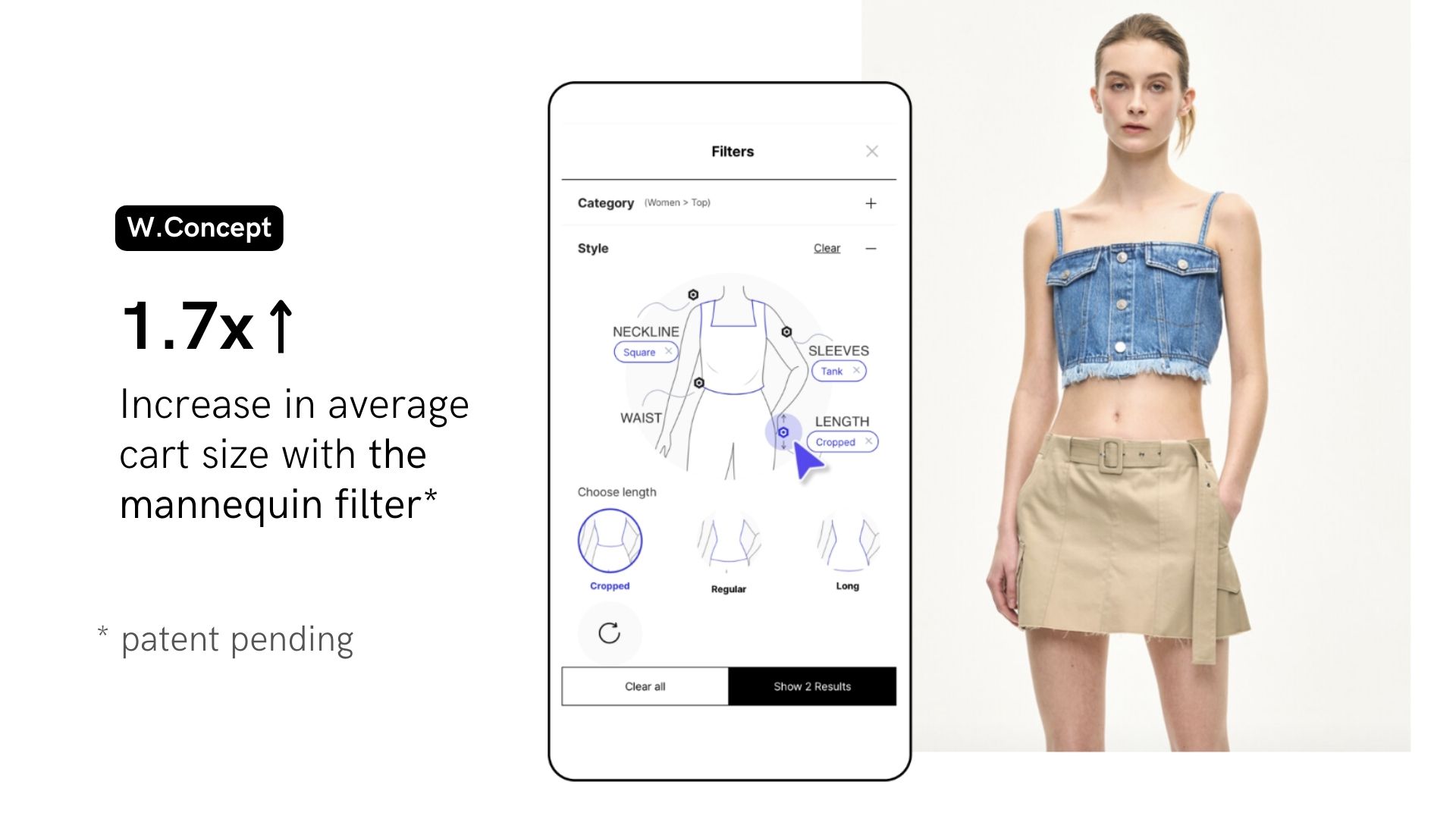
And now is the perfect time to embrace AI in eCommerce. With technology that’s more advanced than ever, combined with sky-high customer expectations, implementing AI in eCommerce is more than just a nice-to-have: it’s a must-have for the future success of your business.
Unless you’ve been hiding away from the news for the past couple of months, you’ve likely heard of Open AI’s ChatGPT as the latest and greatest AI technology.
Here’s a quick breakdown of the current AI technologies, and their uses:
Generative AI: Generative AI is a type of AI that creates new content (like images or videos) based on a set of existing data. You’ve seen it applied with Open AI’s ChatGPT.
Computer Vision: Computer vision is a form of AI that uses machine learning and AI to understand images and videos, and identify objects and shapes. We can use computer vision to quickly and accurately identify product attributes in product images.
Natural Language Processing: NLP is a type of AI that understands human language and uses it to interpret meaning from text and speech.
In the case of advanced service providers like YesPlz, AI technologies can be combined to create even stronger product discovery tools.
For example, YesPlz’s ChatGPT Fashion Stylist combines the 3 AI technologies to create AI styling that’s a unique product discovery experience, from versatile automated prompts to curated recommendations:

It’s easy to get caught up in the details of each AI technology, but the most important thing to remember is that AI technology is a tool, and it should be used to solve a business problem.
For example, YesPlz’s ChatGPT Fashion Stylist is solving one of the most pressing problems for retailers: shoppers aren’t discovering new products.
As a retailer, product metadata is key to utilizing AI tools. But, more tagging data means not being able to use AI tools to their full potential.
Inaccurate product tags can lead to incorrect product recommendations and decrease the quality of the user experience.
If the data you’re collecting isn’t clean, you won't be able to make accurate filters, or correctly analyze user behavior.
But, with deep tagging, retailers can use computer vision to extract key product attributes like fit, silhouette, and vibe. And, since deep tagging is AI-powered, product tags are consistent and accurate–unlocking the potential to tap into more AI-powered discovery apps.
YesPlz offers deep tagging for fashion retailers, with a special understanding of fashion product attributes.
When building the best AI for eCommerce, it can be tempting to use technology to solve and optimize every part of the tool.
But, to determine what users want, there’s no shortcut: you simply have to get out there and talk to real users to explore their problems, needs, and desires.
And, by talking to users, you can tap into their needs which they might not even know they have.
YesPlz talked with hundreds of users while building the latest AI for eCommerce, and designed with their needs in mind.
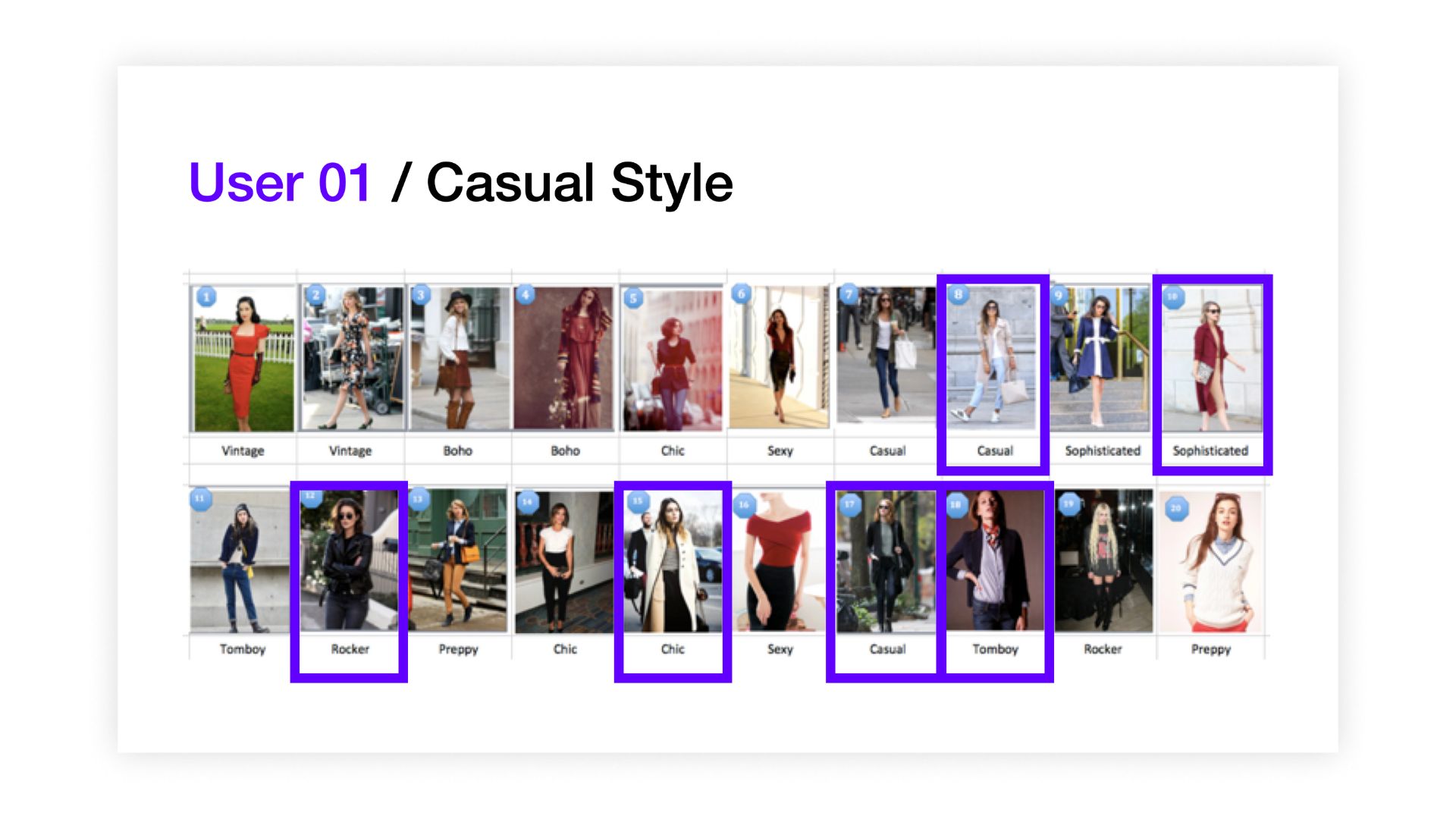
We prepared questions to tap into their mindset, and over 1 hour of interviews with each user, we had a clear understanding of the problem: modern eCommerce discovery is broken.
And, we also talked to the top retailers in the industry to validate the biggest problems plaguing retailers.
Retailers’ top problems included:
1- A lack of tagging data
2- A lack of internal resources to build AI (despite understanding the importance and potential)
3- Shoppers valued product discovery, but retailers couldn’t deliver exceptional experiences.
With this information, we were able to build a rough prototype, and continue to iterate and improve.
With an initial idea in mind, we sketched it out. By limiting ourselves to a single feature for UI, we were able to quickly create a POC that would help us test the design and functionality of a single feature.
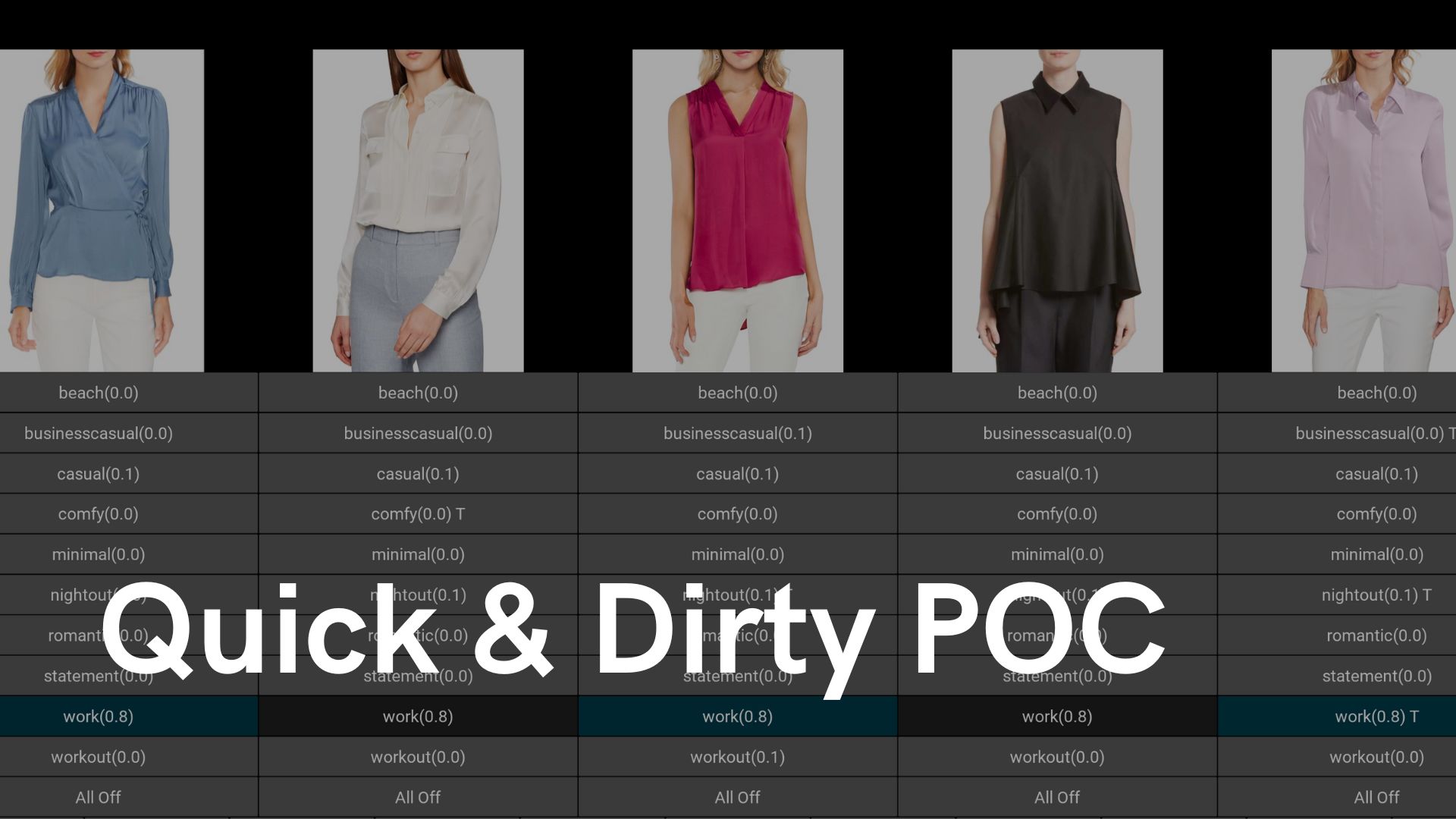
We then put the POC in Figma, and used it as a base to build off.
Our tip: A POC doesn’t need to be perfect. Design is a continuous process and the point is to build and improve.
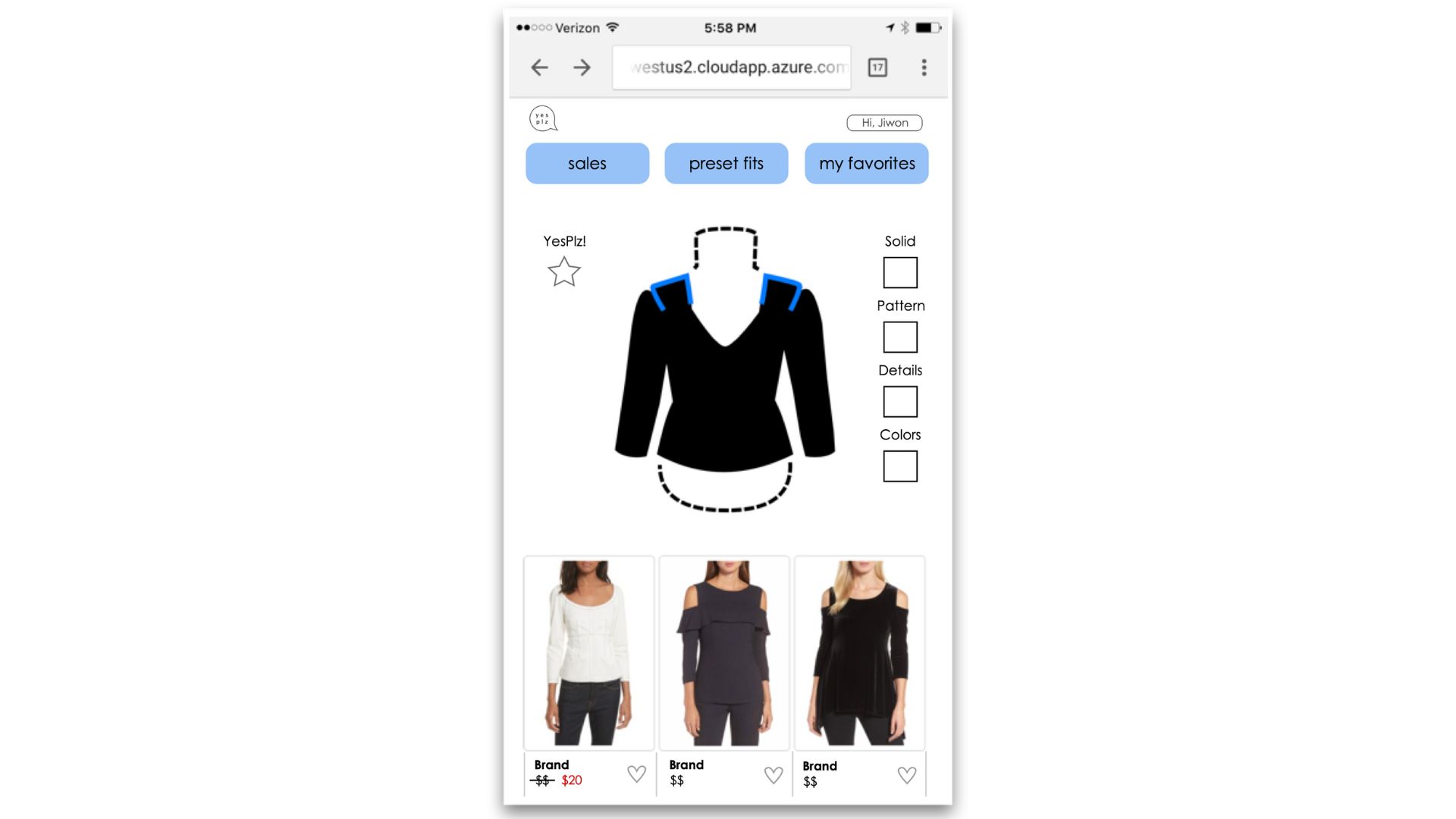
Based on our learnings and experience working with eCommerce retailers, here are our top 3 tips for building powerful fashion AI:
Tip 1: Don’t build in-house. Why waste valuable time and precious resources building in-house when there are fashion AI experts who specialize in this area?
Tip 2: Launch the product, even if it isn’t perfect. Nothing will ever be perfect. But, with continuous optimization, products can be improved repeatedly.
Tip 3: Define a unique set of data you’re working with, and what problem AI in eCommerce is solving. Don’t apply technology just for the sake of applying it–try to define a clear problem first.
After hundreds of user interviews with both shoppers and retailers, we realized that there was a clear problem with eCommerce discovery: shoppers weren’t discovering the full extent of retailer product catalogs.
With over 72% of eCommerce site search failing to meet shopper expectations, there was a clear problem.
The non-technological solution, using a human personal shopper, simply wasn’t scalable.
How could retailers have access to a scalable technology that could provide a natural shopping experience, understand the latest fashion trends, and help discover new products?
That’s where the idea for YesPlz ChatGPT Fashion Stylist was born.
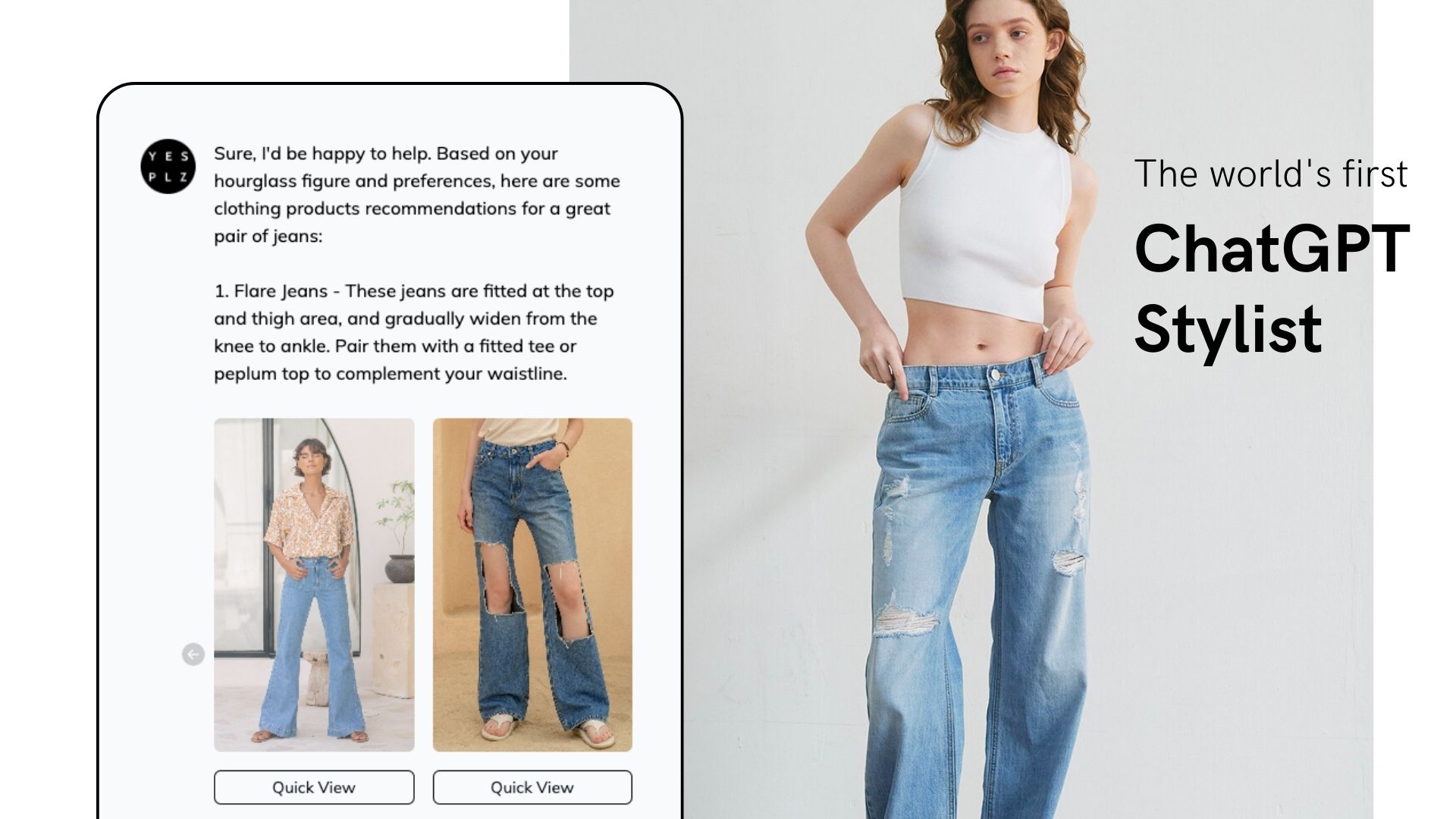
With years of R&D for creating fashion AI, we applied our pre-trained fashion AI with a personalization recipe to create a natural, scalable AI shopping experience.
No more trying to guess which keywords would produce relevant search results. And, no more seeing the same few products over and over.
A proprietary fashion transformer understands shopper prompts and integrates with any product catalog to provide a unique, personalized shopping experience.
With added personalization like a fashion quiz, shoppers are matched with products that match both their style and preferred silhouettes.
By testing and iterating with real shoppers, we were able to create features in ChatGPT Fashion Stylist that are unique to the industry.
And, by launching quickly, we were able to have more time to improve the product and gain even more valuable market insights.
We learned that shoppers are desperate for a new way to discover products–and AI in eCommerce is the perfect solution.
Building AI for eCommerce is complex–so why not have a team of experts do it for you?
Written by Jess Erdman
Content Marketing Lead
I'm passionate about creating cool content. The best part? I get to learn new things about fashion tech and ecommerce everyday. Have an idea or opinion about this article? Reach out at jess@yesplz.ai
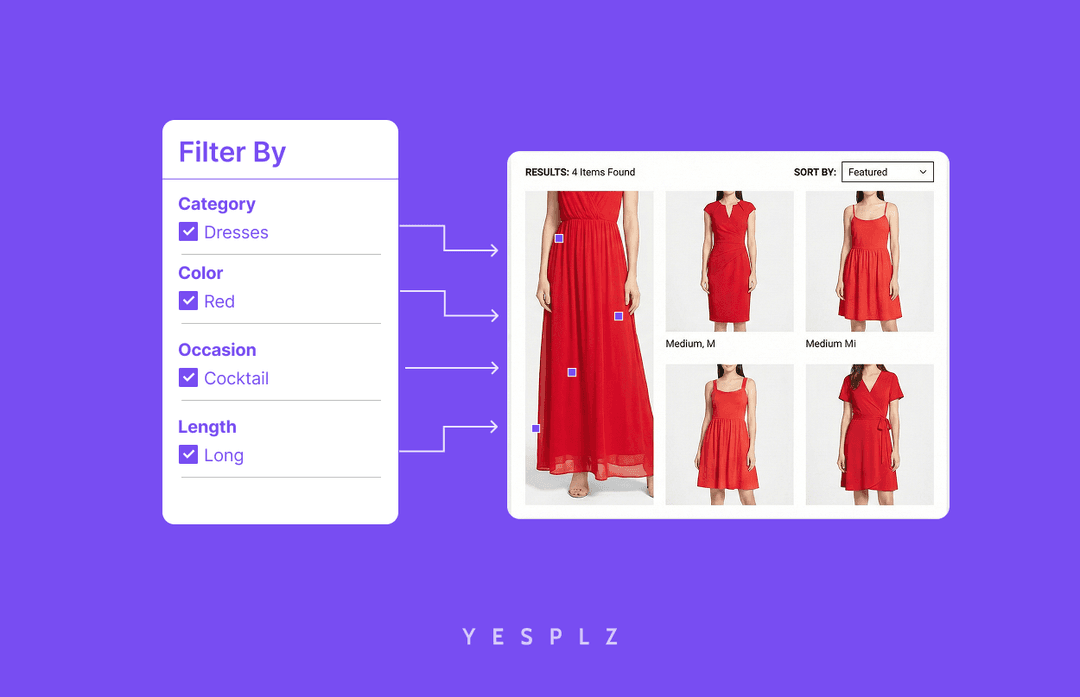
Stop losing sales to poor product filtering. Discover how AI simplifies creating Shopify filters, saving you 25-50 hours per 100 products.
by YesPlz.AI
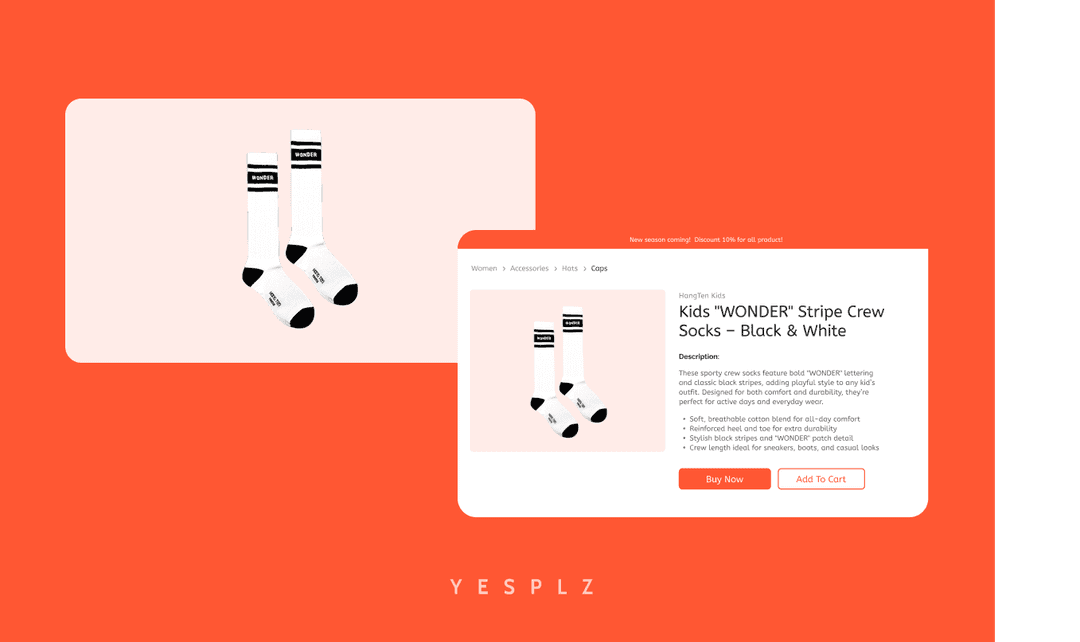
Automate Shopify product pages and cut 50–100 hours of manual work. AI generates product titles, descriptions, and metadata instantly from product images.
by YesPlz.AI